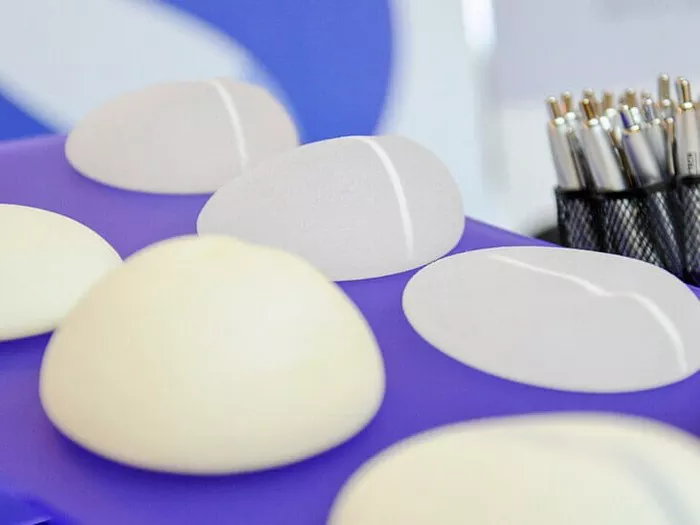Breastfeeding is a natural and essential part of motherhood, providing numerous benefits to both the baby and the mother. However, many women with breast implants, particularly saline implants, wonder if they can still breastfeed successfully. In this article, we will explore the relationship between saline breast implants and breastfeeding, addressing common concerns and providing valuable information for women considering or currently living with breast implants.
Understanding Saline Breast Implants
Saline breast implants consist of a silicone shell filled with sterile saline (saltwater) solution. They are a popular choice for breast augmentation due to their safety profile and adjustability. Saline implants can be inserted through smaller incisions compared to silicone gel implants, which makes them a preferred choice for some patients.
Can You Breastfeed with Saline Implants?
The ability to breastfeed with saline implants largely depends on various factors, including the surgical technique used during implant placement and the woman’s individual anatomy. Here’s what you need to know:
Implant Placement: The placement of the implant during breast augmentation surgery can impact breastfeeding. When the implant is positioned beneath the chest muscle (submuscular placement), it tends to have less interference with milk production and flow compared to implants placed above the muscle (subglandular placement). Submuscular placement is generally considered more breastfeeding-friendly.
Nipple and Milk Ducts: The surgical procedure should ideally preserve the integrity of the nipple and milk ducts. If these structures are compromised during surgery, it can affect milk flow and breastfeeding.
Nerve and Glandular Tissue Damage: Damage to nerves and glandular tissue during surgery can also hinder milk production. Minimizing tissue trauma during implant placement is crucial for breastfeeding success.
Nipple Sensation: Some women experience changes in nipple sensation after breast augmentation surgery. While altered nipple sensitivity doesn’t necessarily prevent breastfeeding, it can affect the breastfeeding experience.
Breast Size and Shape: The size and shape of the breasts before surgery and the choice of implant size can impact breastfeeding. Larger implants may put more pressure on the milk ducts, potentially affecting milk flow.
Breastfeeding Technique: Successful breastfeeding often depends on proper positioning and latch techniques. Women with breast implants may need to work closely with lactation consultants to ensure effective breastfeeding.
Potential Challenges and Solutions
While many women with saline implants can breastfeed successfully, it’s essential to be aware of potential challenges and seek solutions if needed:
Low Milk Supply: Some women with breast implants may experience a lower milk supply. This can often be addressed through increased frequency of nursing or pumping, proper nutrition, and hydration.
Nipple Sensitivity: Altered nipple sensitivity can make breastfeeding uncomfortable for some women. Using nipple shields or breast shells can help protect and soothe sensitive nipples.
Milk Flow Issues: If you encounter difficulties with milk flow, working with a lactation consultant can be invaluable. They can provide guidance on proper latch and positioning to improve milk transfer.
Supplemental Feeding: In some cases, supplemental feeding with formula or expressed breast milk may be necessary to ensure the baby is adequately nourished.
Conclusion
Breastfeeding with saline breast implants is possible for many women, but it’s important to be aware of potential challenges and seek support when needed. The success of breastfeeding with implants often depends on factors such as surgical technique, implant placement, and individual anatomy.
If you are considering breast augmentation and plan to breastfeed in the future, discuss your intentions with a board-certified plastic surgeon experienced in breast implant surgery. They can provide guidance on implant placement and surgical techniques that may optimize your chances of breastfeeding successfully. Additionally, consulting with a lactation consultant can be instrumental in addressing any breastfeeding challenges that may arise.
Ultimately, breastfeeding with saline implants is a personal decision, and each woman’s experience will be unique. With the right information and support, many women can enjoy a positive breastfeeding experience while having breast implants.


